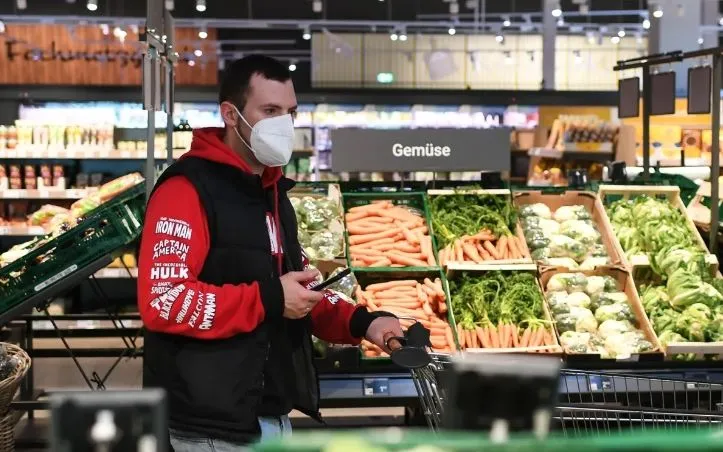
Illustration photo - Photo: THX
According to preliminary estimates from the German Federal Statistical Office (Destatis), prices for goods and services rose by an average of 2.4% in September compared to the same period last year. This was higher than economists ' forecast of 2.3%. Compared to August, consumer prices in Germany rose by 0.2%.
Energy prices continued to be cheaper, down 0.7% year-on-year. Services prices, on the other hand, rose by an average of 3.4%. Food prices were 2.1% more expensive, a group that saw some states post sharp increases. In the most populous state of North Rhine-Westphalia, fruit prices rose by 7.1% and eggs and dairy products by 3.8% in September. In Hesse, sugar, jam, honey and other confectionery prices rose by 4.1%, while fats and oils fell by 3.4%.
The figures showed that inflation in Germany was also more persistent than expected: Excluding volatile food and energy prices, core German inflation has remained at 2.7% for three consecutive months and rose to 2.8% in September.
The European Central Bank (ECB) has set an inflation target for the eurozone of 2%. By that standard, Germany's inflation rate is currently above this target.
August 2025 was the first time this year that the inflation rate in Germany increased slightly again, with consumer prices 2.2% higher than the same period last year. Part of the reason came from soaring food prices, pushing inflation in Europe's largest economy back above the 2% threshold.
Source: https://vtv.vn/lam-phat-o-duc-cham-muc-cao-nhat-tu-dau-nam-2025-100251001164046138.htm



![[Photo] Prime Minister Pham Minh Chinh launched a peak emulation campaign to achieve achievements in celebration of the 14th National Party Congress](https://vphoto.vietnam.vn/thumb/1200x675/vietnam/resource/IMAGE/2025/10/5/8869ec5cdbc740f58fbf2ae73f065076)


![[Photo] Prime Minister Pham Minh Chinh chairs the Government's online conference with localities](https://vphoto.vietnam.vn/thumb/1200x675/vietnam/resource/IMAGE/2025/10/5/264793cfb4404c63a701d235ff43e1bd)

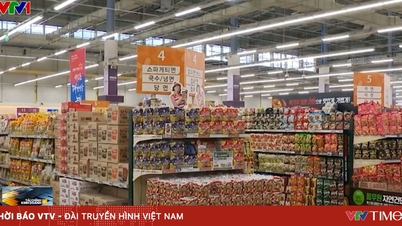
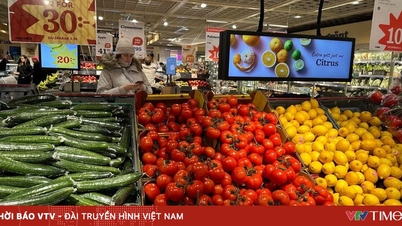
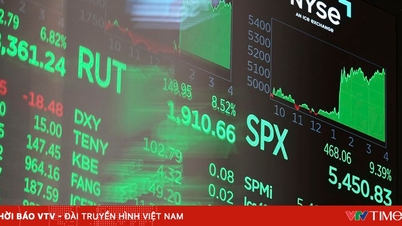







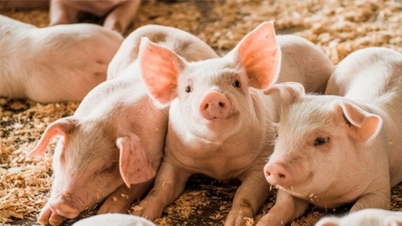


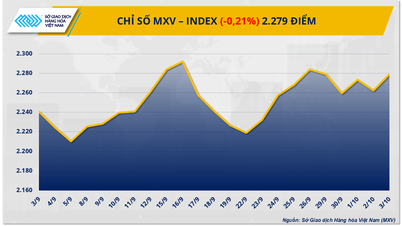

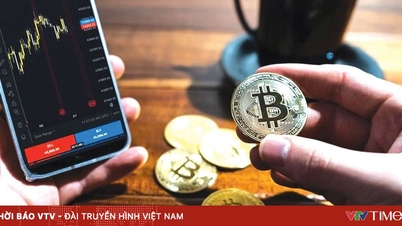











![[Photo] Opening of the 13th Conference of the 13th Party Central Committee](https://vphoto.vietnam.vn/thumb/1200x675/vietnam/resource/IMAGE/2025/10/6/d4b269e6c4b64696af775925cb608560)

























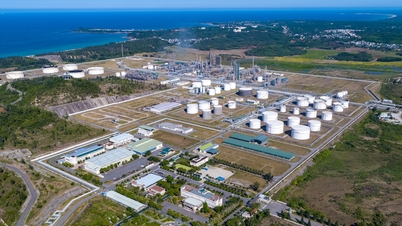






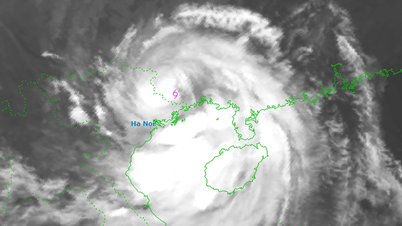
































Comment (0)